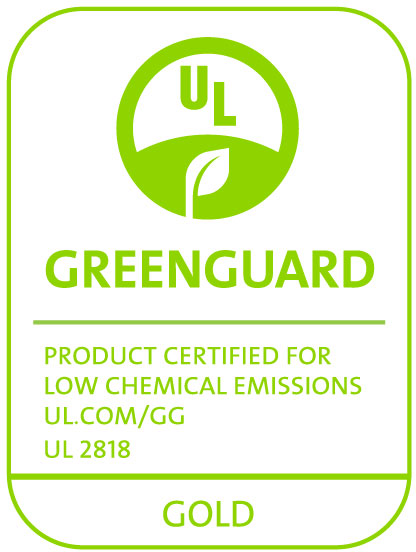Preventing condensation from forming on the insulation surface of a below-ambient building mechanical system such as HVAC, refrigerant, and VRF/VRV piping is critical to the long-term performance of the mechanical system and insulation. Corrosion under insulation (CUI) can result from improper insulation thickness. Other related factors include energy efficiency, mold prevention, protection of surrounding surfaces and equipment from water damage, and fall prevention for building occupants.
While national energy codes specify minimum pipe insulation thicknesses, calculations should be run for applications whenever there is the potential for condensation to develop on below-ambient systems.
- Insulation type
- Pipe size(s)
- Pipe type (copper, steel, stainless steel, PVC)
- Operating temperature (lowest in range)
- Ambient temperature (average annual high)
- Ambient relative humidity % (average annual high)
- Wind speed (mph)
- Jacket type (aluminum, stainless steel, PVC, or none)
A calculation will specify the minimum thickness required for the insulation selected to prevent condensation.
When in doubt, it is a best practice to choose ambient temperature and relative humidity values that cover peak days/months throughout the year. While wind speed will reduce the thickness required, it is prudent to choose a conservative (lower) number to factor in days when there is little or no wind.
Once a calculation is completed and a thickness is selected, it is important to re-run the calculation if any inputs change.
Mechanical insulation industry calculators are freely available on the following websites:
- https://3eplus.org
- https://insulation.org/training-tools/designguide/simple-calculators/











